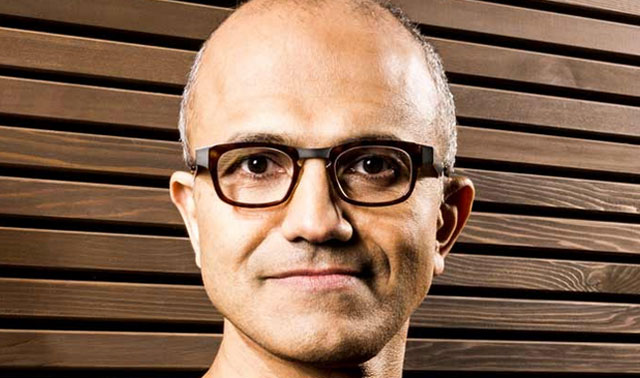
Microsoft, once the dominant force in the software industry, has for a few years been on the back foot. Despite its undeniable clout and the world’s largest installed base of users, it has been slow to move with the trends that are reshaping the industry, particularly mobile and cloud computing. Last week’s grand unveiling of Windows 10 — and a great deal more besides — is the firm’s first step toward taking back the initiative.
The company’s strategy is perhaps to reorientate the business towards mobile and cloud first, and establish a consistent strategy for its core business of Windows operating systems.
The first move, with the release of Windows 10, is to make good the damage caused by Windows 8. The previous version of its operating system introduced substantial changes aimed at tablet and phone users, but alienated those not using a touch screen. With Windows 10 it combines the best of both: the venerable Start menu is back, for example, but with integrated touch-friendly apps.
In the process, Microsoft is finally bringing about the long-overdue process of establishing an operating system family that is consistent across servers, desktop and laptops, tablets and phones. Until now there have been versions of Windows for PCs, two different and incompatible versions of Windows for phones, and yet more versions for uses such as embedded devices, handheld computers or point-of-sale terminals. Windows 10 will run on all of them — it even promises greater integration with Xbox games consoles, too.
It’s no secret that Windows as a mobile phone operating system was late to the party and is playing catch-up against Apple’s iOS and Google’s Android. A survey by ICT reveals more there are more than 1,7bn handsets and 6,8bn mobile subscriptions worldwide — not many fewer than the number of people on earth. But Microsoft has only around 3% of the global share. With average use of mobile services now up to three hours a day, 75% of which is spent on mobile apps for social purposes and for work, Internet users are now highly mobile and dynamic users — and they need devices and systems that support the way they use the digital world. Microsoft has to prove it can do this.
Satya Nadella, Microsoft’s new CEO, is focused on using Windows to support a richer set of services for consumers and businesses, including a cloud and mobile platform. In doing so, he’s moving away from the old licence model of selling the operating system — Windows 10 will be a free upgrade for the first year after launch, with greater cross-platform synchronisation between desktop, mobile and Xbox. The aim is to provide a seamless and entirely Microsoft-based platform across which users can get involved in communities and use social media.
Microsoft needs to provide a compelling user experience in order to drive users to its products. Another interesting launch is Spartan, a new browser to replace Internet Explorer. Browsers are essentially the de facto user interface these days, with services increasingly appearing as packaged apps to keep users inside the ecosystem — Google’s Chromebook platform is a good example. Spartan will introduce features such as browser extensions, again long overdue as these have been available in alternative browsers such as Chrome and Firefox for years.
Making its Office 360 applications available free for mobile, and introducing universal Windows apps that will work across all devices, will help keep users in the ecosystem by giving them everything they need, without fuss or complication. If Microsoft can pull this off, it can turn the corner and bring together, with Windows 10, the converging operating systems, platforms and digital services — free or paid — that it offers.![]()
- Mark Skilton is professor of practice at the University of Warwick
- This article was originally published on The Conversation




